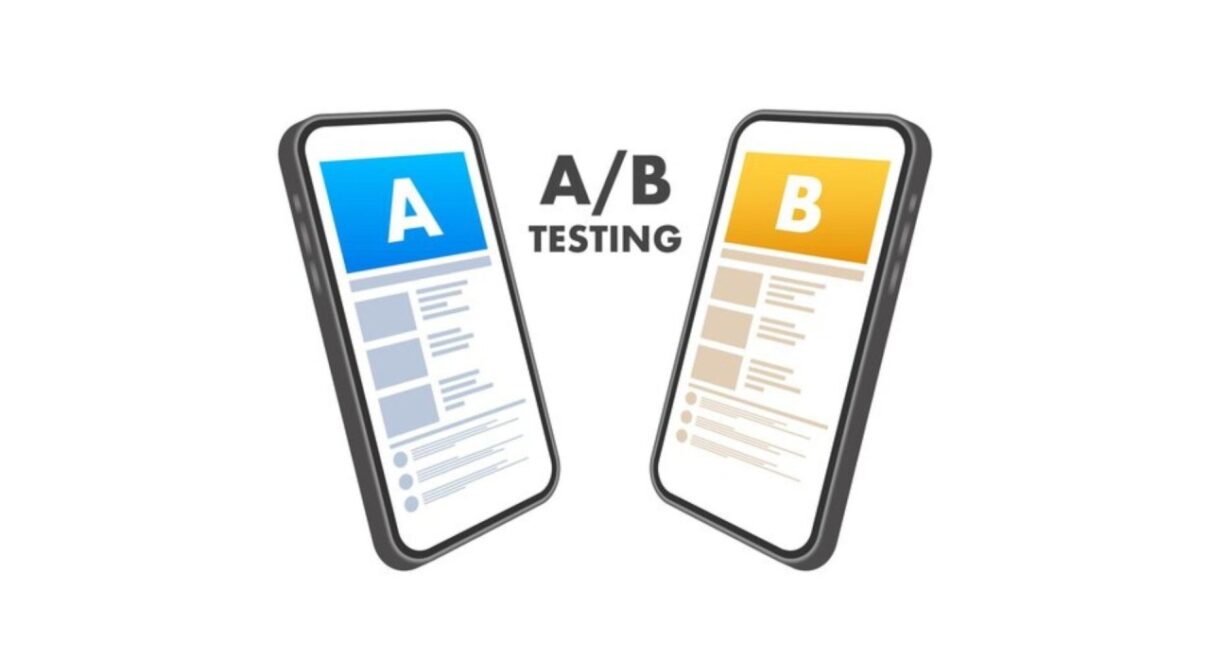In the dynamic world of digital marketing, success often hinges on data-driven decision-making.
A/B testing, also known as split testing, is a powerful method that allows businesses and organizations to fine-tune their digital strategies for maximum impact.
In this article, we’ll explore the concept of A/B testing, its significance, and how to conduct effective A/B tests to optimize your online efforts.
Understanding A/B Testing
A/B testing is a method of experimentation where two or more versions of a web page, email, or other digital content are compared to determine which one performs better in achieving a specific goal.
By presenting different versions to your audience and analyzing the results, you can make informed decisions to improve your online presence and enhance user experiences.
The Importance of A/B Testing
- Data-Driven Decision-Making: A/B testing empowers you to make data-backed decisions, reducing guesswork and assumptions in your digital strategies.
- Optimization: It allows you to optimize your website, landing pages, email campaigns, and other digital assets for better performance, such as increased conversions or engagement.
- Continuous Improvement: A/B testing promotes an iterative approach to digital marketing, where you can steadily improve your online efforts over time.
How to Conduct an Effective A/B Test
- Define Your Goal: Clearly define the goal of your A/B test. Whether it’s increasing click-through rates, conversions, or user engagement, a well-defined objective is crucial.
- Select Your Variable: Choose the element or elements you want to test. This could include headlines, images, call-to-action buttons, layout, or any other component of your content.
- Create Variations: Develop two or more versions of your content with the variable you’re testing. One version serves as the control (the original) while the others are variations.
- Randomly Assign Visitors: Randomly assign visitors or users to the control group or one of the variation groups. This ensures that the test is not biased.
- Implement the Test: Launch the A/B test and monitor the performance of each variation. Use analytics tools to track relevant metrics.
- Statistical Significance: Allow the test to run until you achieve statistical significance, meaning you have enough data to confidently determine which variation is superior.
- Analyze Results: Carefully analyze the results, looking for patterns and trends that highlight the most effective variation.
- Implement Changes: Based on the results, implement the changes from the winning variation into your digital strategy.
Best Practices for A/B Testing
- Test One Variable at a Time: To isolate the impact of a single variable, test one element at a time. Testing multiple variables simultaneously can muddy the results.
- Sufficient Sample Size: Ensure you have a sufficient sample size to achieve statistical significance. Small sample sizes can yield unreliable results.
- Patience: Be patient and let the test run long enough to gather substantial data. Rushing to conclusions can lead to inaccurate decisions.
- Regular Testing: Make A/B testing a regular practice in your digital strategy. Continuous testing can lead to ongoing improvements.
- Document Findings: Keep records of your A/B tests and their results for future reference and analysis.
In conclusion, A/B testing is an invaluable tool for optimizing your digital strategies and improving your online presence.
By following best practices, setting clear goals, and carefully analyzing results, you can make data-driven decisions that lead to enhanced user experiences, increased engagement, and ultimately, greater success in the digital landscape.






